

The first was a rare New York appearance by the French countertenor Philippe Jaroussky at Zankel Hall on October 14. Jaroussky was accompanied by the baroque ensemble L’Arpeggiata led by theorbo player Christina Pluhar in a program of French vocal and instrumental music from the first half of the 17th century. Specifically, these songs and instrumental pieces came from the court of Louis XIII (1601-1643) and his brother (and deadly rival) Duc Gaston d’Orléans.
Both were patrons of the arts, musicians themselves and maintained their own court orchestras and chamber singers who were also composers. Louis XIII (subject of gay rumors) and his consort Anne of Austria are characters in Dumas’ The Three Musketeers and the Duc’s music would have been heard by the Cardinal Richelieu and D’Artagnan at court.
Pierre Gue?dron and Antoine Boësset were court musicians in the court of King Louis XIII while Etienne Moulinié and his brother Antoine along with Michel Lambert were in the service of the Duc d’Orléans. Music from all these gentlemen were heard in the program along with songs from Henry Le Bailly and Gabriel Bataille.
None of the music played was operatic – the closest was an encore arioso “Sì dolce è’l tormento” by Claudio Monteverdi in his familiar operatic style. Monteverdi and Marc-Antoine Charpentier were the only familiar and operatic composers on the program.
The dominant format of these songs was the strophic ballad, but the languages, style, subject matter and tempos varied widely. There were many up-tempo songs with jaunty folk-like accompaniments as well as plaintive laments. Moulinié and Le Bailly provided songs in Spanish in faux-Iberian style.
The versatile Moulinié also composed Italian odes such as “Non speri pietà”. Guédron contributed a bawdy ballad “Dessus la rive de la mer y a trois filles” about a boatman who takes his fare in trade from three beautiful women. There was even a mad scene “Yo soy la locura” (Passacalle de la Folie) from Le Bailly. Other songs were courtly odes to a life of ease and pleasure (“Nos esprits libres et contents”) or pastoral odes to Cloris, etc. (“Aux plaisirs, aux délices bergères”).
The members of L’Arpeggiata include Pluhar on theorbo, Doron David Sherwin on cornetto, Kinga Ujszászi on baroque violin, Maximilian Ehrhardt on baroque harp and David Mayoral on percussion. There were several instrumental interludes for solo instruments and ensemble by Maurizio Cazzati, Giovanni Girolamo Kapsberger, Giovanni Antonio and Pandolfi Mealli.
I was constantly reminded of 20th century Latin American jazz. The cornetto is a long, curved reed instrument like a flute or recorder – yet the sound it makes is low and mellow like a clarinet or saxophone. Mr. Sherwin jammed like the late Gato Barbieri providing fast licks or soulful obbligato. Mme. Pluhar’s theorbo weaved delicate continuous tonal threads binding all the musical strands together providing grounding and connection.
Ms. Ujszászi on violin had bold attack and unflagging musical energy, virtuosic in her solos. But the percussive quality of the instruments, the way the ensemble would spontaneously join Mr. Jaroussky in faster sections, the presence of bongo-like drums, the use of melismas which resembled scatting, the quick on your feet improvisation and byplay between the vocalist and the musicians – all sounded like jazz to me. In particular, the music recalled the Brazilian jazz of Antonio Carlos Jobim and Milton Nascimento.
Jaroussky mentioned introducing his encores that he has not appeared in New York in 12 years. In New York City we may pride ourselves on being a cosmopolitan hub presenting all the great artists of the world, but that’s not really true. Baroque music lacks a prominent and stable resident ensemble in Manhattan unlike Boston.
Also, there is a whole generation of countertenors in Europe who are never heard in this city, among them Franco Fagioli, Max Emanuel Cen?i?, Xavier Sabata, Valer Barna Sabadus, David Hansen and Raffaele Pé. They have dozens of recordings separately and together such as in Vinci’s Artaserse which also features Jaroussky. Most of these men are now in their forties, like Jaroussky, but still in top form.
The only countertenors regularly heard locally in opera are Anthony Roth Costanzo and Iestyn Davies. The model-handsome breakdancing sensation Jakub Józef Orli?ski is nipping at their heels, but I find him rather weedy in tone and he was inaudible at the Met in Aucoin’s Eurydice.
Jaroussky proved himself to be very much an artist still in his vocal prime with a tone that is both rounded and ringing with a sweet ingratiating timbre and tonal bloom. This is not a straight piercing tone but one with a delicate vibrato which Jaroussky could subtract or add in for expression and musical effect. It also helps that the Monsieur still cuts a handsome figure reminiscent of the 80’s heartthrob Christopher Lambert of Greystoke, Subway and Highlander fame.
He is also comfortable with his body with a free and expressive use of his hands. Mr. Jaroussky was not afraid to do a little acting donning silver sunglasses in a surprise encore duet with Mr. Sherwin (turned vocalist and duet partner) in the traditional “Ciaccona del paradiso e del inferno” debating the merits and discomforts of heaven and hell with M. Jaroussky representing the soul in bliss disdaining the damned soul of Mr. Sherwin.
This 80-minute concert provided a window into an obscure period of musical history that is unfamiliar and previously ignored. It also showed us the musical forms and styles that later informed the operatic works of Monteverdi, Lully, Charpentier and Cavalli. The headliner is an international star and familiar recording artist seldom seen on our shores. It was also a sold-out evening, so clearly there is an audience for this sort of thing in New York City.
Presenters, take note.
Photo: Richard Termine

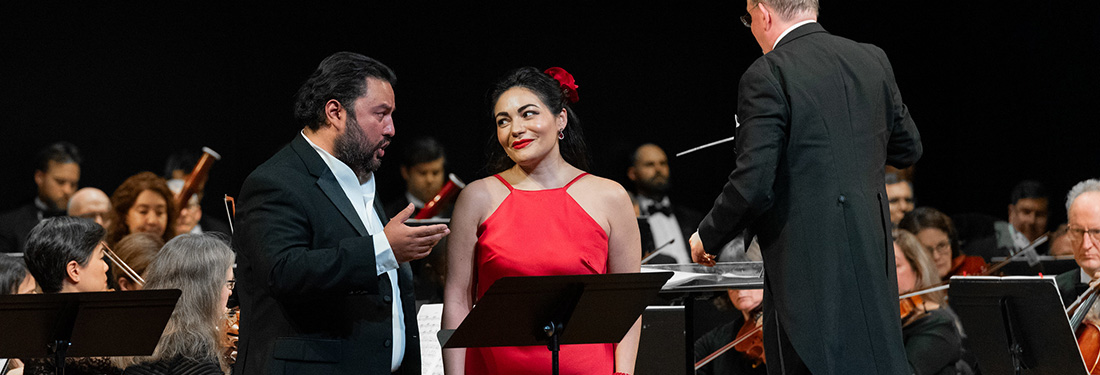
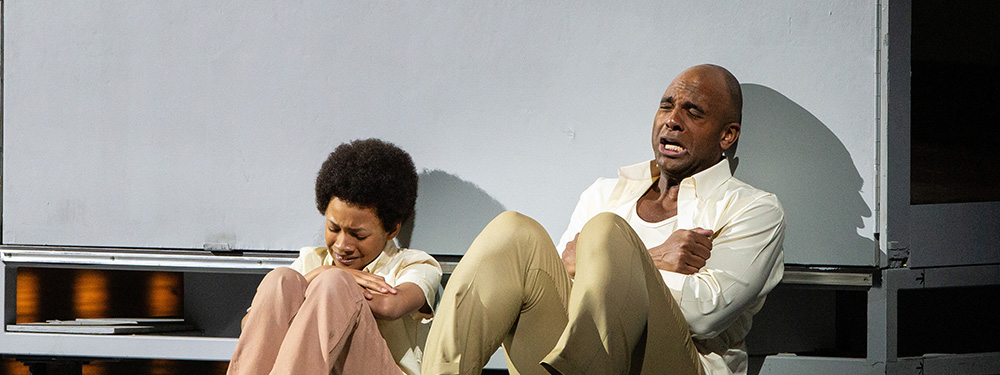
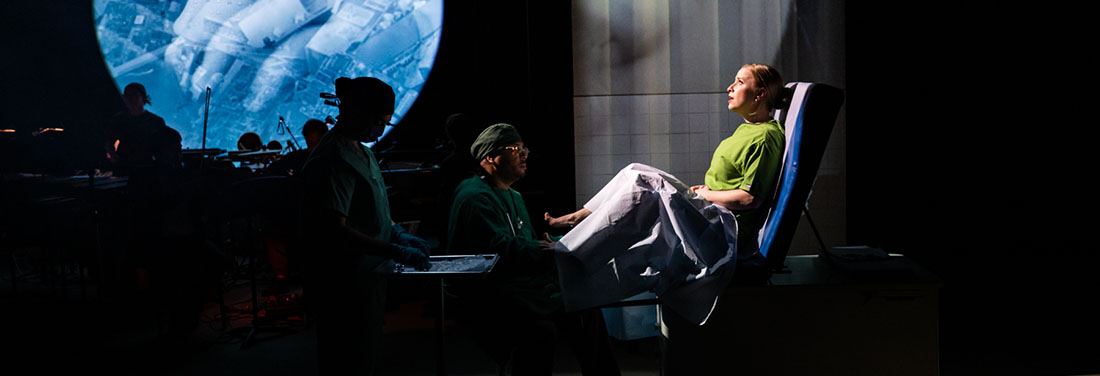
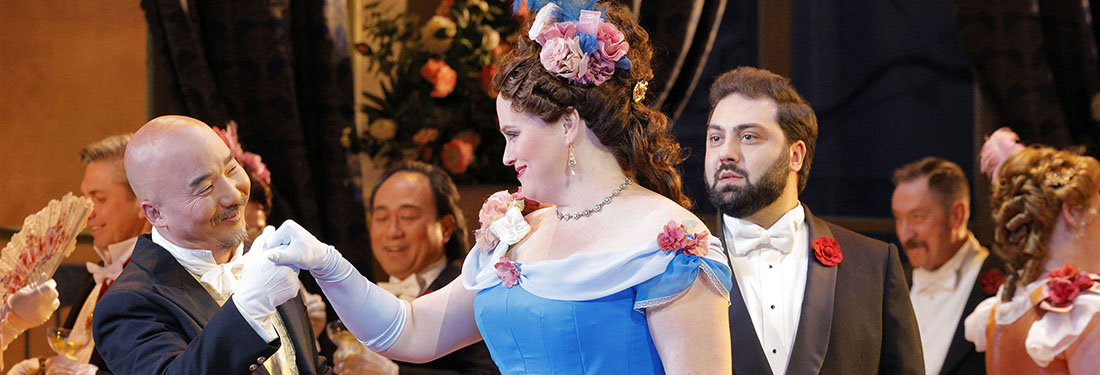

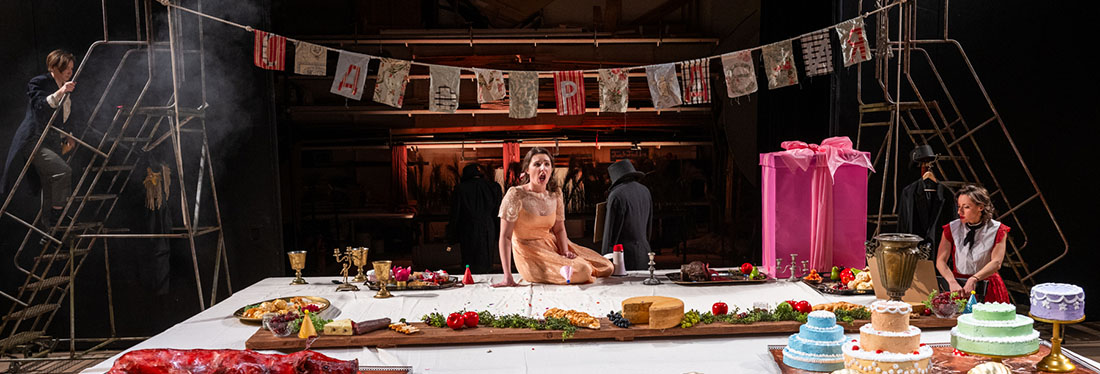
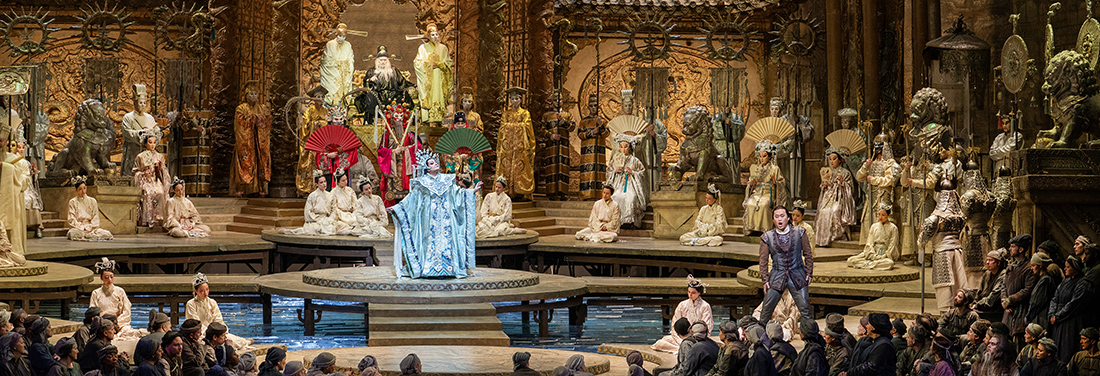
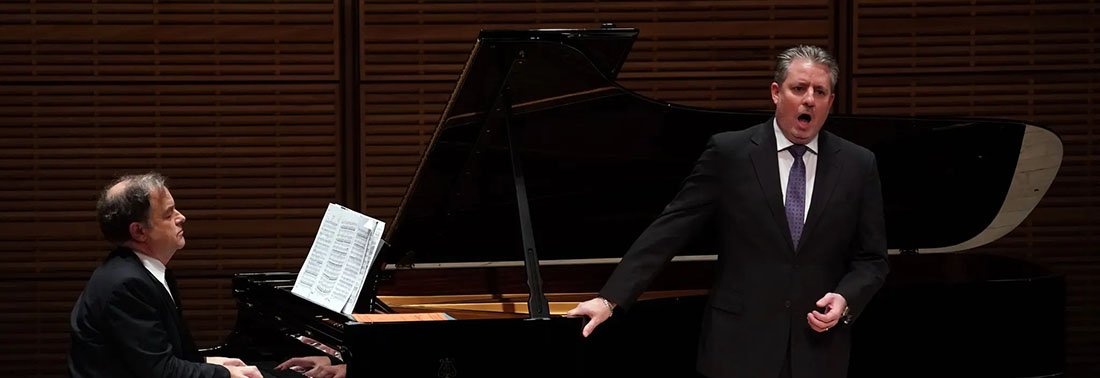
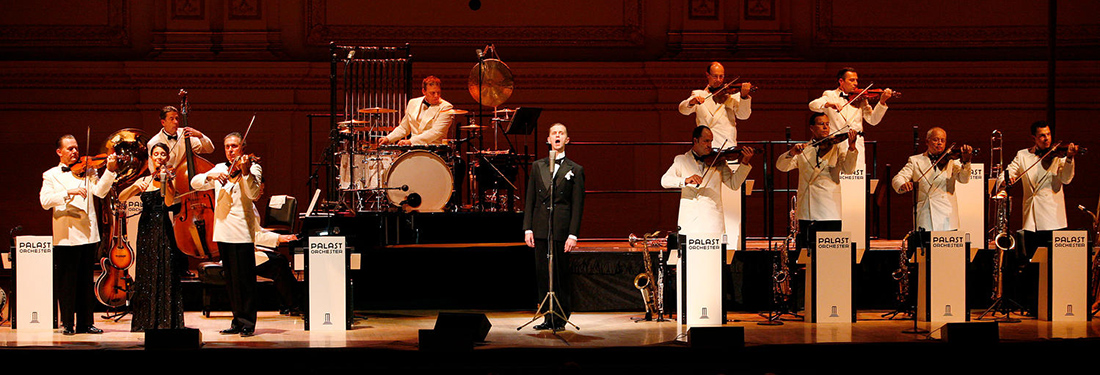
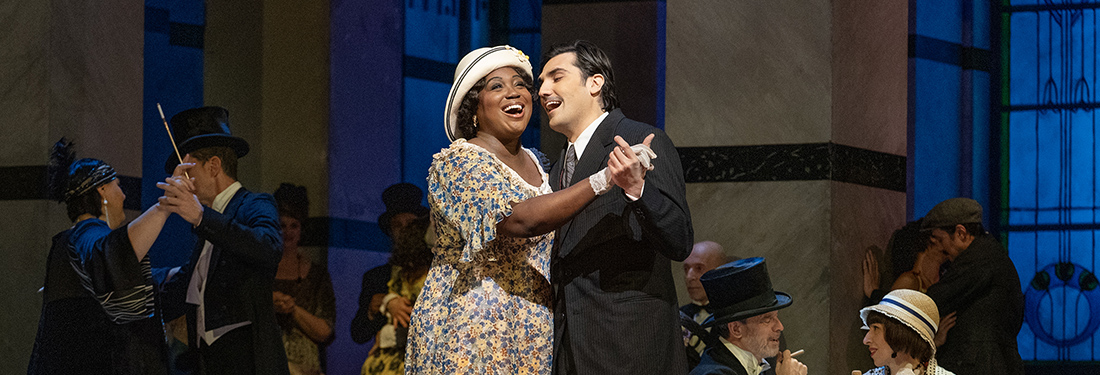
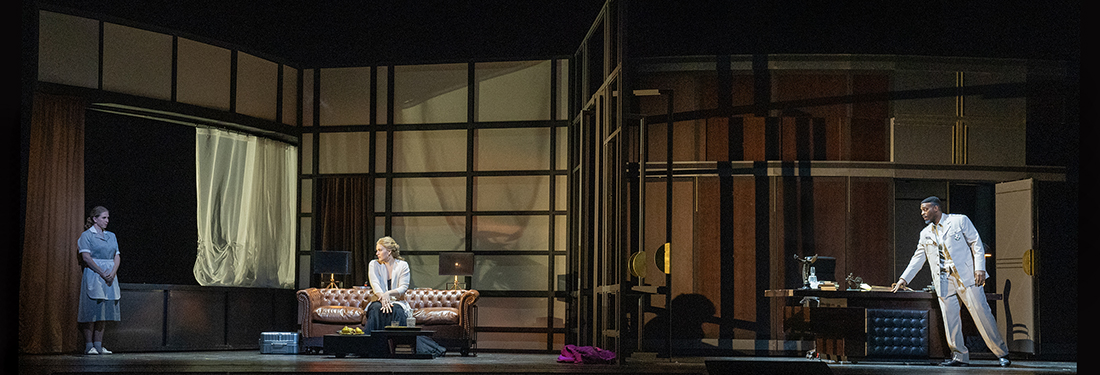
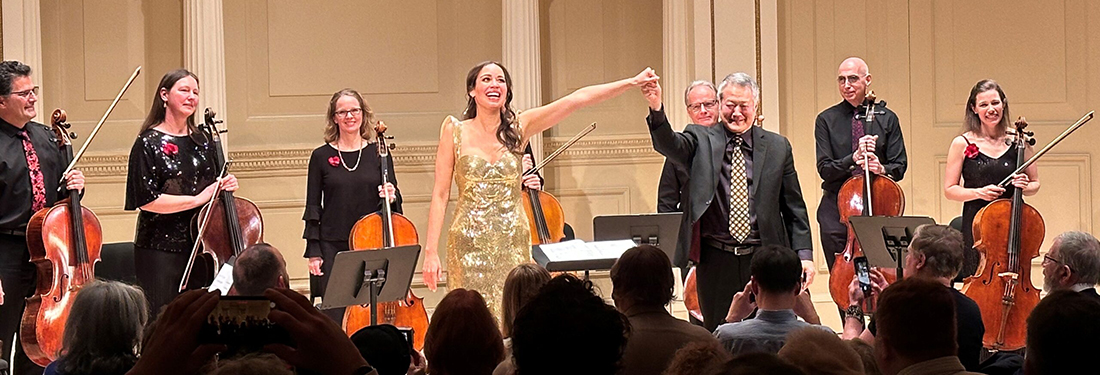
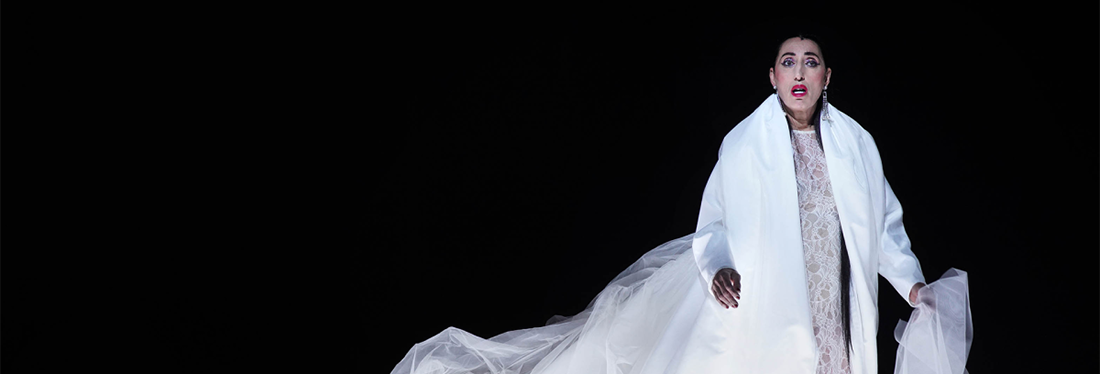



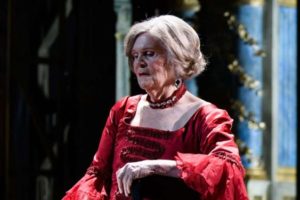

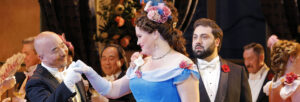
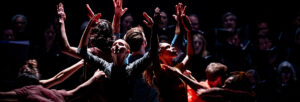



Comments